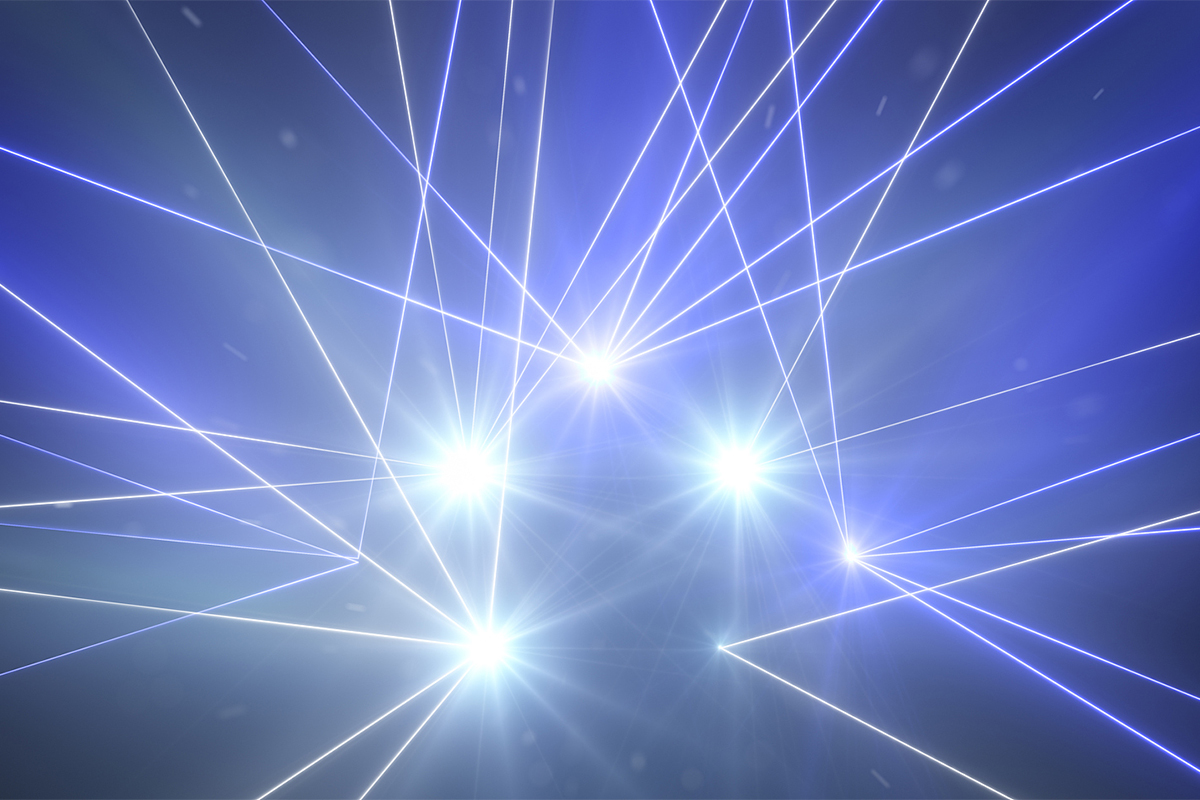
Laser lighting adds a unique and visually captivating dimension to the overall stage design, enhancing the atmosphere and creating stunning visual effects. The intensity and precision of laser beams make them stand out, drawing the audience's attention to specific elements on the stage. This helps in creating focal points and guiding the audience's focus during the performance. Laser stage lighting is commonly used in concerts, nightclubs, theaters, and other live events to add a captivating and futuristic visual element to the performance. The use of lasers in lighting design represents a dynamic and evolving approach to creating immersive and visually engaging live experiences. The striking visuals created by lasers leave a lasting imprint on viewers' minds, enhancing their overall experience and contributing to the success of the performance. Whether creating vibrant colors, dynamic beam effects, or synchronized animations, laser lighting contributes to the overall artistic expression of the stage production, making it more visually stunning and memorable for the audience.
Laser lighting involves the use of specialized laser projectors that emit intense beams of light. These projectors are equipped with mirrors and other mechanisms that allow precise control over the direction and movement of the laser beams. These projectors come in various types, such as single-color lasers, multi-color lasers, and full-color RGB lasers, allowing for a wide range of visual possibilities. These colors can be customized to match the theme of the performance, evoke specific emotions, or create visually stunning displays. Laser projectors can create intricate animations and graphics in the form of moving patterns, shapes, and designs. These animations are often synchronized with the music or the theme of the performance, adding a dynamic and visually captivating element to the stage. Whether it's creating geometric shapes, abstract designs, or custom animations, the synchronization of laser effects with other elements of the performance enhances the coherence and impact of the visual storytelling. Dynamic beam effects such as sweeping beams, rotating patterns, and other dynamic movements produced by laser projectors cut through the performance space. These effects add a sense of movement and excitement, enhancing the overall visual dynamics of the stage. The combination of vibrant colors, intricate animations, and dynamic beam effects contributes to the overall visual impact of a stage production.
Laser projectors generate laser light using semiconductor lasers, such as diode lasers. These lasers emit coherent and monochromatic light, meaning the light waves are in phase and have a single color (wavelength). The intensity of the laser light for each color is modulated by adjusting the current supplied to the lasers. The precise control of laser intensity is crucial for producing accurate and vibrant colors. In some laser projectors, separate beams of red, green, and blue laser light are combined using beam combiners or dichroic mirrors. This creates a unified beam containing all three colors, which is then directed towards the imaging system. Laser projectors use a spatial light modulator (SLM) to shape and control the laser beams before they reach the projection surface. The modulated laser light is directed to a scanning or imaging system that precisely positions the beams to form the image. This system may involve mirrors, lenses, or other optical components that steer the laser beams across the projection surface. The modulated and directed laser beams create the image on the projection surface, such as a screen or wall. The sharpness, clarity, and color accuracy of the image are determined by the precision of the laser modulation and the imaging system. Laser projectors often include safety features to ensure compliance with laser safety regulations. These features may include interlocks, sensors, and fail-safe mechanisms to prevent accidental exposure to laser light.
Laser projectors are widely used in concerts and music performances to create captivating light shows that synchronize with the rhythm and mood of the music. They add energy and visual excitement to the stage, enhancing the overall live music experience. Nightclubs and DJ setups often incorporate stage laser projectors to produce dynamic lighting effects on dance floors. Laser lighting is employed in live theater productions to create dramatic and thematic lighting effects. Dance performances and ballets utilize lase lighting to accentuate movements, highlight dancers, and create visually stunning backdrops. The lasers contribute to the choreography, adding an extra layer of visual artistry to the performance. Laser projectors are used in cultural events, public celebrations, and festivals to create large-scale light shows in the night sky. They contribute to the festive atmosphere and provide a memorable visual spectacle for attendees. Artists and designers use laser lighting to create interactive and immersive art installations. The lasers can be manipulated to form intricate patterns, shapes, and animations, allowing for creative expression in various artistic contexts.








